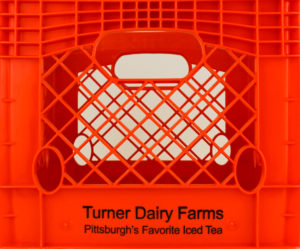Our 90th Anniversary is almost officially here (April 10th)! For the month of March we are going to show you how our milk packaging has changed throughout the past 90 years. From glass bottles to paper cones to recyclable plastic, we have tried it all!
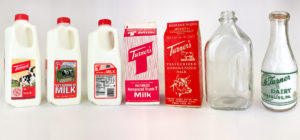
From the beginning in 1930, Charlie Turner used glass bottles. They came in all different shapes and sizes. We briefly used a glass bottle that had an extra space in the neck for cream to rise and would serve as a special treat before getting into the milk. They even came with a spoon to get the cream out!
In the 1950s, glass was becoming too hard to manage and keep up with. It made the crates heavy, there were a lot of damages when transporting the bottles to and from home deliveries, and the quality factor of making sure they were properly cleaned before re-using became too much of a problem.
In the 1960s, we made a switch to paper cartons for our milk products. The first paper cartons were dipped in wax and then stapled at the top. The problem with the cartons and dipping in wax was the potential fire hazard. We made a switch to the construction of our paper cartons, and now they are made like a sandwich – plastic, paper, plastic and then heat sealed at the top.
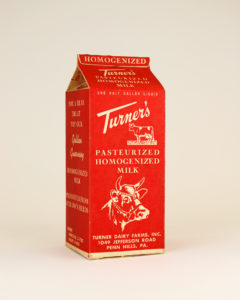
You could get milk in paper cartons until around the 2010s when we made the full transition to recyclable plastic. We still carry some products in cartons (Premium Tea, Cream, School Half Pints).
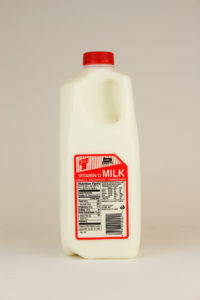
Side note: In the 1970s, Turner’s introduced 2% milk! 2% was the perfect balance for consumers who wanted milk lighter than whole, but heavier than skim. We called it Tweener!
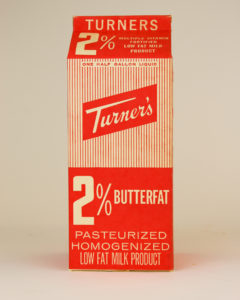
In the 1980s, we tried using returnable plastic bottles for gallons. These were short lived due to quality issues and worries that the bottles were returned to us after being filled with harsh chemicals such as gasoline.
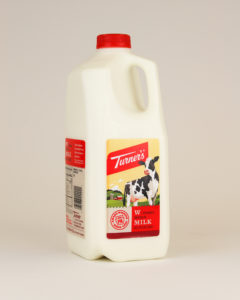
We moved to using recyclable plastic bottles for most of our milk products in the 1990s due to consumer preference. Home delivery was also stopped in the late 1990s.
Lastly, let’s talk about our iconic milk crate!
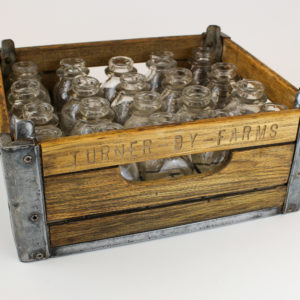
Crates have also come in many different variations in our history. We started out with wooden crates, and then made wooden crates with wire to stop the glass bottles from bouncing around and cracking. We also used steel crates which proved to be too heavy for our driver salesmen to move around. Those crates transitioned to plastic crates with wire to the now Pittsburgh iconic orange plastic milk crate!
